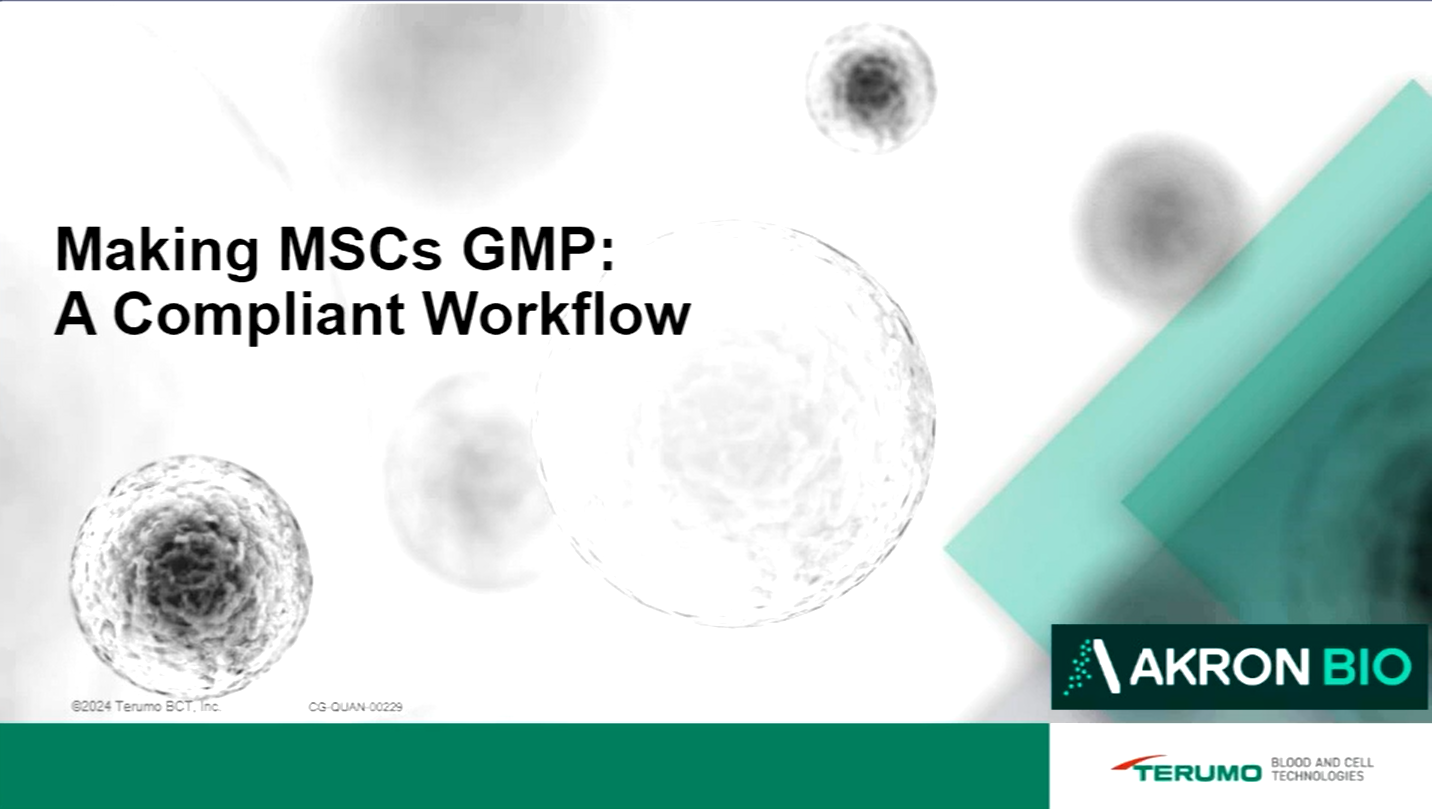
Cell and gene therapy (C>) represents a major advance in medical treatments by directly targeting the root causes of diseases at the cellular or genetic level, rather than managing the symptoms. Treatments offer significant promise for many patients living with severe and often life-threatening conditions. If administered as first-line therapies, cell and gene products have the potential to significantly improve patient outcomes more effectively than traditional treatments, leading to better disease management, reduced symptoms, and in some cases, even a cure.
According to GlobalData’s latest report, Cell and Gene Therapies – Current and Future Landscape (November 2024), the global C> market will be worth $76 billion by 2030, with a projected compound annual growth rate (CAGR) of 43% from 2023 through 2030.1 However, market growth is essential to secure the long-term viability of the therapies, while the high costs need to be addressed to increase accessibility for patients.
Oncology remains the most prominent therapy area within the C> landscape, attracting the highest levels of venture financing and characterized by a range of innovative treatments aimed at various cancer types. GlobalData estimates suggest that 76% of autologous therapies in clinical development are for oncology, with 24% for allogeneic therapies.1
The cell and gene therapy market for oncology
Blood cancers have been the dominant indication for approved cell and gene therapy products. In fact, those C> products that treat blood cancers currently lead in value and projected growth. Approved by the U.S. Food and Drug Administration (FDA) in 2022, Johnson & Johnson’s Carvykti had prescription sales of $500,000 in 2023, according to GlobalData analysis.1 Sales are projected to grow to $5.9 million by 2030 — a CAGR of 42.4%.1 Carvykti is designated for adults with recurring multiple myeloma — a type of bone marrow cancer — in patients who have not responded to previous treatments.
Compared to Carvykti, Gilead’s Yescarta had higher prescription sales in 2023, at $1.5 million.1 Yet by 2030, the treatment is projected to have a lower CAGR than Carvykti, at 7.6%, with sales of $2.5 million.1 The chimeric antigen receptor (CAR)-T cell therapy product was approved by the FDA in 2017 to treat patients with types of B cell lymphoma.
Meanwhile, GlobalData analysis forecasts Bristol Myers Squibb’s Breyanzi will have a significant CAGR of 31.5% between 2023 and 2030, rising from $400,000 in prescription sales to $2.5 million over the seven years.1 Gaining FDA approval in 2022, the therapy is also designated for patients with types of B cell lymphoma.1 Although blood cancer therapies lead the way in terms of approved cell and gene therapies in oncology, a major milestone was reached in August 2024 when the FDA approved Adaptimmune’s TECELRA for treating solid tumors.
Promising cell and gene therapies reaching the market
Outside oncology, there are many areas within cell and gene therapy undergoing notable progress in terms of market growth. One treatment GlobalData analysis identified the highest market activity for Elevidys from Sarepta. It’s a first-line infusion therapy for children aged 4 to 5 years with Duchenne muscular dystrophy (DMD), a genetic disorder. Elevidys received FDA approval in 2023, recording $200,000 in prescription sales.1 The product has the highest projected CAGR for the period analyzed, at 43.5%, amounting to predicted sales of $2.5 million by 2030.1
A significant market development was the approval of Casgevy from Vertex Pharmaceuticals in 2023, a CRISPR-based gene editing therapy. The treatment is for children aged 12 years and above with sickle cell disease (SCD) and transfusion-dependent beta-thalassemia (TDT), which are genetic conditions with high unmet needs. However, pricing models are an obstacle to accessibility, with treatments averaging around $2 million.1
Elsewhere, treatments for central nervous system (CNS) disorders are evolving rapidly, with significant advancements in research, funding, and clinical applications. A leader in the CNS segment is Zolgensma from Novartis. Approved in 2019, the one-time infusion therapy is for children under 2 years old with spinal muscular atrophy (SMA). The treatment had prescription sales of $1.2 million in 2023, with a projected CAGR of 8.3% to reach $2.1 million by 2030.1
Current challenges and the future of cell and gene therapy
Ongoing challenges for C>s include high upfront costs compared with traditional medicines and uncertainties over long-term benefits. For rare and ultra-rare diseases, clinical trials tend to be very small with low patient numbers, compounding uncertainties over efficacy. This highlights the importance of patient and clinician consultation and real-world evidence. There are also likely to be few, if any, existing available comparator treatments.
Looking ahead, C>s are set to continue to be developed for larger patient populations, although higher patient volume risks creating a greater demand for specialist infrastructure and high treatment costs. Clinical benefit and cost-effectiveness will need to be established against a growing range of alternatives, which could include lower-cost conventional drugs. Development in cell therapies in oncology is also starting to shift from autologous to allogeneic therapies, particularly in blood cancers. Furthermore, off-the-shelf allogeneic therapies could enhance access to cell and gene therapies compared to currently marketed products.
References:
- GlobalData UK Ltd. Cell and Gene Therapies – Current and Future Landscape. https://www.globaldata.com/store/report/cell-and-gene-therapies-market-analysis/?utm_source=sponsored&utm_medium=24-364108&utm_campaign=thematic-report-hyperlink&CampaignValue=701Ti00000PGKIyIAP. Published November 28, 2024. Accessed February 13, 2025.
Carvykti



